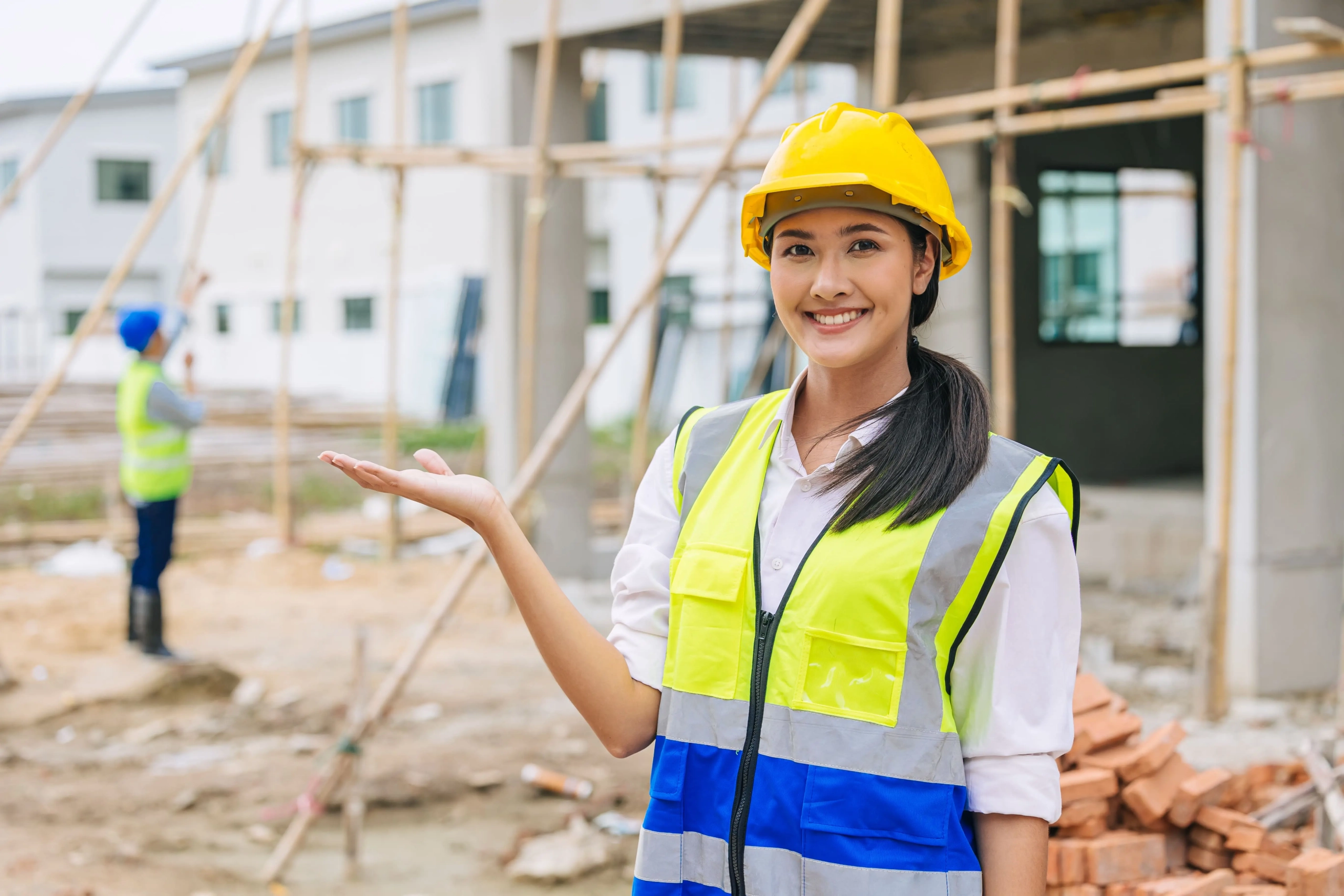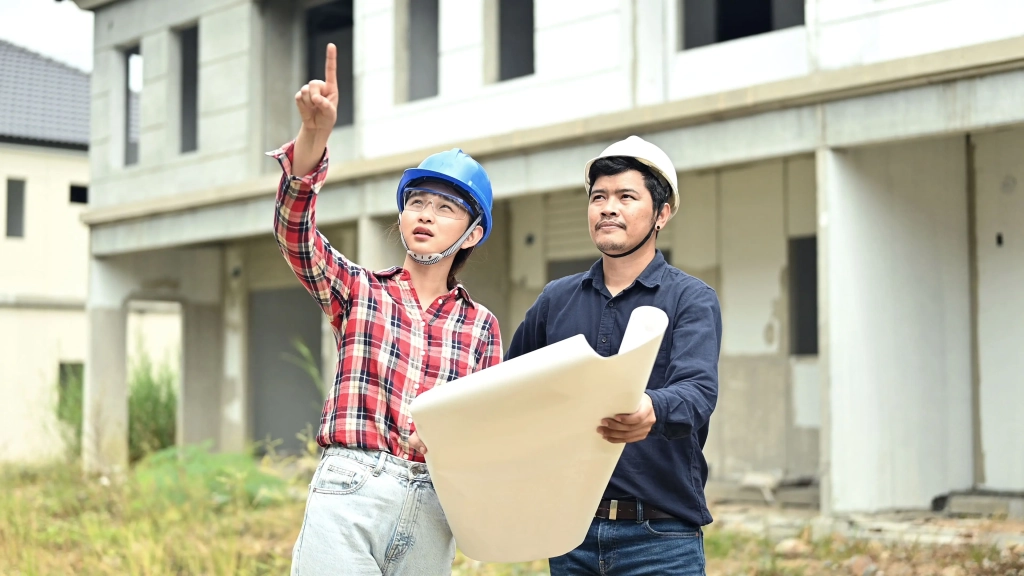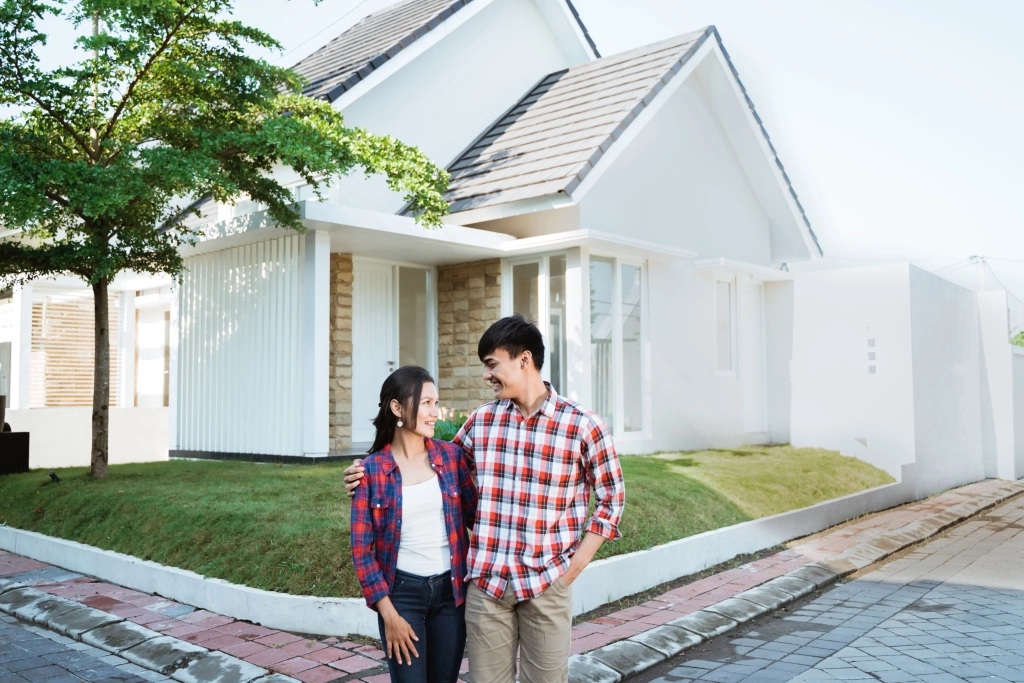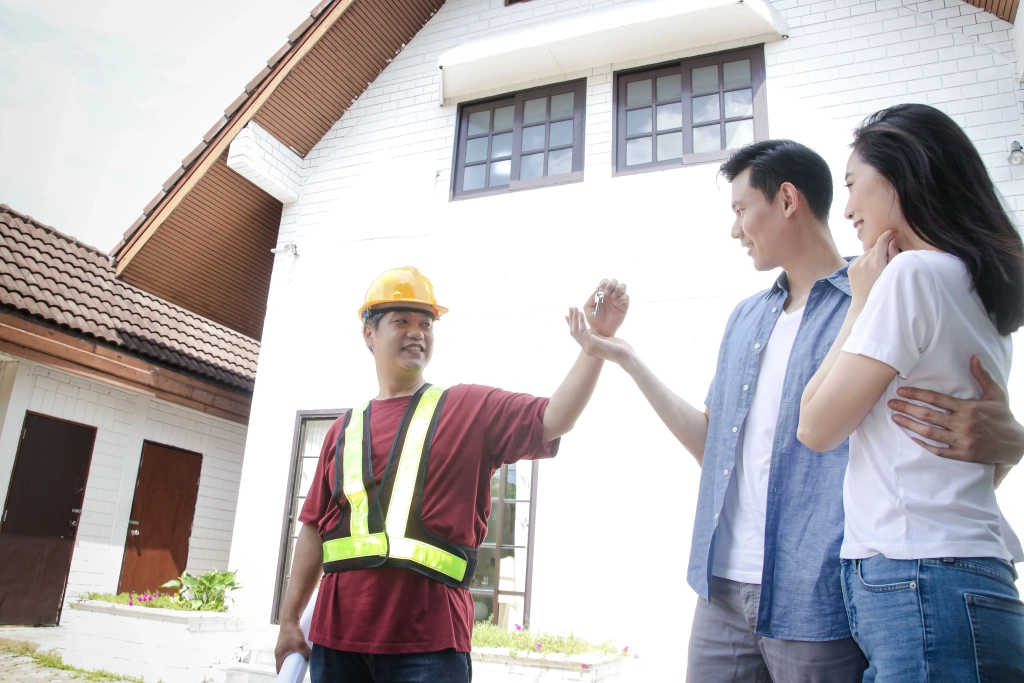From Start to Finish: Constructing Your Dream House and Lot in the Philippines

Building a dream home isn’t just about bricks and mortar. It’s a deeply personal endeavor that encompasses financial planning, architectural marvel, and a pinch of dreams. The Philippines, with its vibrant culture and serene landscapes, provides a perfect backdrop for constructing that idyllic residence. But how does one go about it? Let’s embark on this journey from scratch.
RELATED: 7 Golden Tips: A Comprehensive Guide to Philippine Real Estate for Expats
Understanding the Filipino Housing Landscape
Filipinos hold a strong emotional bond to their homes. It’s not just a dwelling; it represents their hard work, aspirations, and the legacy they leave behind for their families. As a tropical country with diverse geography, the Philippines offers unique opportunities and challenges when it comes to constructing homes.
Selecting the Perfect Plot
Like a canvas to an artist, the right plot can inspire a home’s design. Consider factors like location, soil quality, and proximity to essential amenities. Moreover, ensure that the legalities, such as land titles, are clear.

Budgeting for Your Dream Home Construction
Budgeting isn’t the most glamorous part, but it’s certainly one of the most critical steps. Ensure you account for all expenses: from major ones like construction materials to smaller yet significant costs like interior décor.
Choosing a Reliable Architect and Builder
Your architect is the artist of your dream home, and the builder brings that dream to life. Ensure they understand your vision and have a reputable track record in the Philippines’ housing sector.
Navigating Construction Regulations in the Philippines
Local housing codes and regulations can be complex. It’s crucial to familiarize yourself with these or have an expert guide you, ensuring your house construction goes off without legal hitches.
Materials and Sustainability: The Eco-friendly Approach
With global warming on the rise, an eco-friendly home isn’t just a luxury—it’s a responsibility. Learn about sustainable building materials and practices that are both environmentally friendly and suited to the Philippine climate.
Designing the Filipino Way
The Philippines is a treasure trove of design inspirations, from traditional Bahay Kubo to modern homes. Embrace designs that resonate with your personality while echoing Filipino culture.
Ensuring Quality in Construction
A dream home should last a lifetime. Pay attention to the quality of materials used, construction practices, and even the minutest details. A little vigilance now saves a lot of future heartaches.

Interiors that Reflect You
The external beauty is vital, but interiors are where you live. Dive deep into the world of interior design, furnishings, and décor that not only looks good but feels good.
Landscaping Your Property: Nature’s Touch
A touch of green can elevate the aesthetics of your home manifold. Understand the basics of landscaping, suitable plants for the Philippine climate, and how to maintain them.
Safety Measures and Disaster Preparedness
Being in the Pacific Ring of Fire, the Philippines faces its share of natural calamities. Incorporate safety measures and disaster preparedness strategies in your home design.

Post-construction Care
Your responsibilities don’t end once construction does. Dive into maintenance tips, repair schedules, and how to ensure your home stays as stunning as day one.
Incorporating Local Culture into Home Designs
The Philippines, a country with a rich tapestry of history and culture, offers a plethora of design inspirations. From the Spanish colonial houses with capiz shell windows to the stilted homes of the Badjao, the country’s nomadic sea gypsies, there’s a wealth of tradition to tap into.
Incorporating local elements doesn’t just add aesthetic value but also functional advantages. For instance, the steep roofs of traditional Filipino homes aren’t just a design quirk—they’re specifically angled to let the heavy rainwater slide off quickly. Similarly, elevated huts, known as “Bahay Kubo,” are designed to stay above flood levels during the rainy season.
Moreover, weaving in local artistry, like handwoven mats from the Bicol region or intricate wooden carvings from the Ifugao province, can give your home a unique touch, making it a blend of personal style and homage to the Filipino heritage.
Harnessing Renewable Energy for Your Home
The Philippines, being an archipelago, is blessed with a variety of renewable energy sources. From abundant sunlight to consistent wind flow in certain regions, there are ample opportunities to reduce the carbon footprint of your home.
Solar Power
With the tropical sun shining throughout the year, solar panels can be a lucrative investment. Not only do they reduce electricity bills, but you might also be able to sell excess power back to the grid in some regions.
Wind Energy
Areas like Ilocos Norte have already harnessed wind power on a large scale. While individual wind turbines for homes might be an ambitious project, they can be considered if your plot is in a windy area.
Geothermal and Hydro Energy
While these might be harder to harness on an individual scale, you can choose energy providers or community projects that base their power on these sources.
Opting for renewable energy not only makes your dream home eco-friendly but, in the long run, can also be more cost-effective. Embracing green energy is a step towards a sustainable future, making your dream home a beacon of progress in the community.
Constructing your dream house and lot in the Philippines is more than just a project; it’s a journey filled with decisions, emotions, and aspirations. By understanding the landscape, making informed choices, and seeking expert advice, your dream Filipino home can become a reality—a haven that stands as a testament to your vision, hard work, and cultural appreciation.
FAQs
What is the average cost of constructing a house in the Philippines?
The cost can vary widely based on the design, materials, location, and many other factors. However, as of 2023, a modest home construction can range from PHP 20,000 to PHP 50,000 per square meter.
How long does it typically take to build a house in the Philippines?
On average, it takes about 4-6 months to build a standard family home. However, larger homes or more intricate designs might take longer.
Are there any specific regulations for foreigners building houses in the Philippines?
Yes, while foreigners cannot own land, they can own the house or the building. It’s advisable to consult with a local real estate attorney for detailed guidance.
Which areas in the Philippines are best for constructing homes?
Popular choices include Metro Manila for urban dwellers and provinces like Cebu, Batangas, and Palawan for those seeking a more relaxed environment.
How can I ensure the quality of construction materials?
Always source materials from reputable suppliers. Additionally, regular site inspections and hiring an experienced builder can help ensure quality.
Is it necessary to hire an architect when building in the Philippines?
While it’s possible to build without one, an architect brings expertise, design innovation, and can navigate the local housing regulations efficiently.
Read more here: AllProperties Latest Blogs




